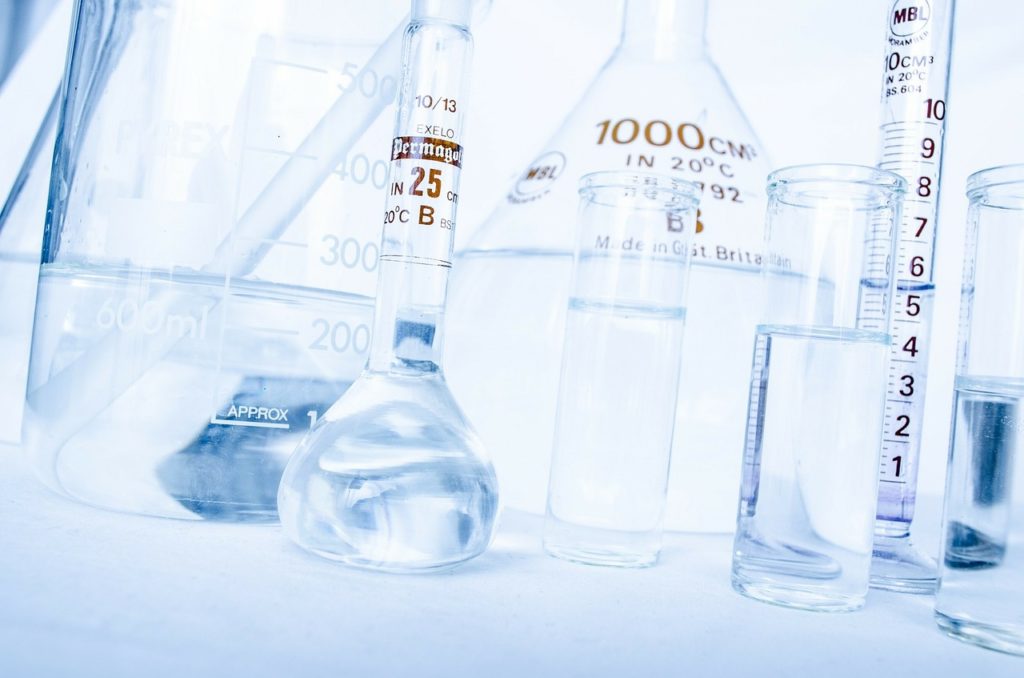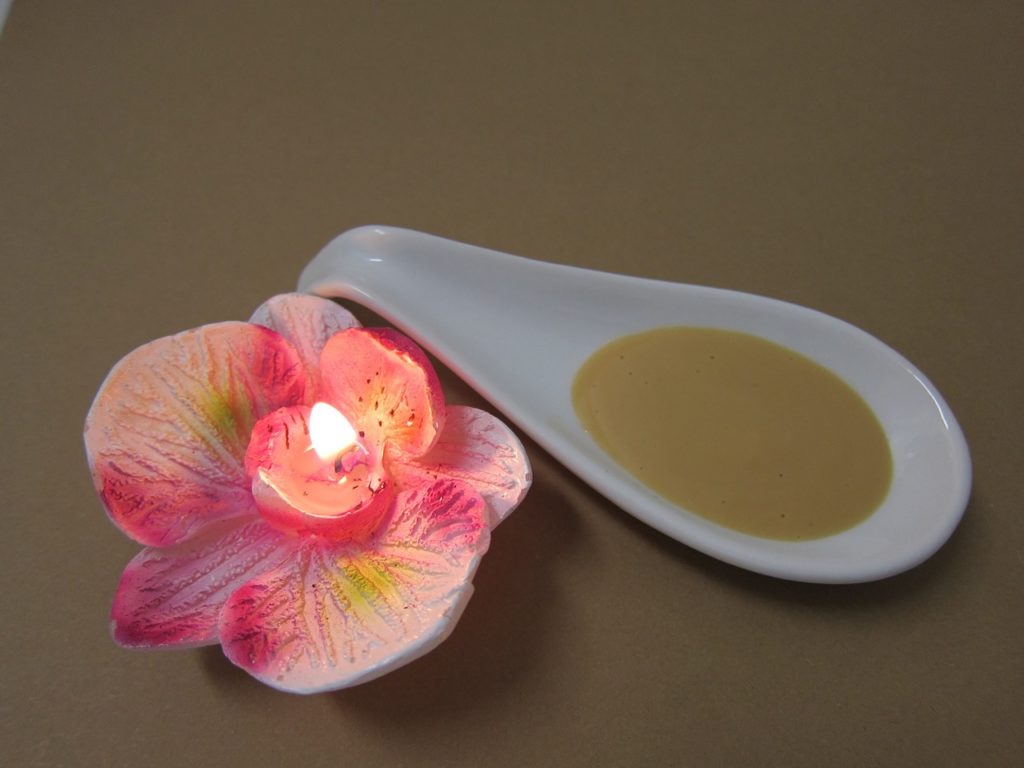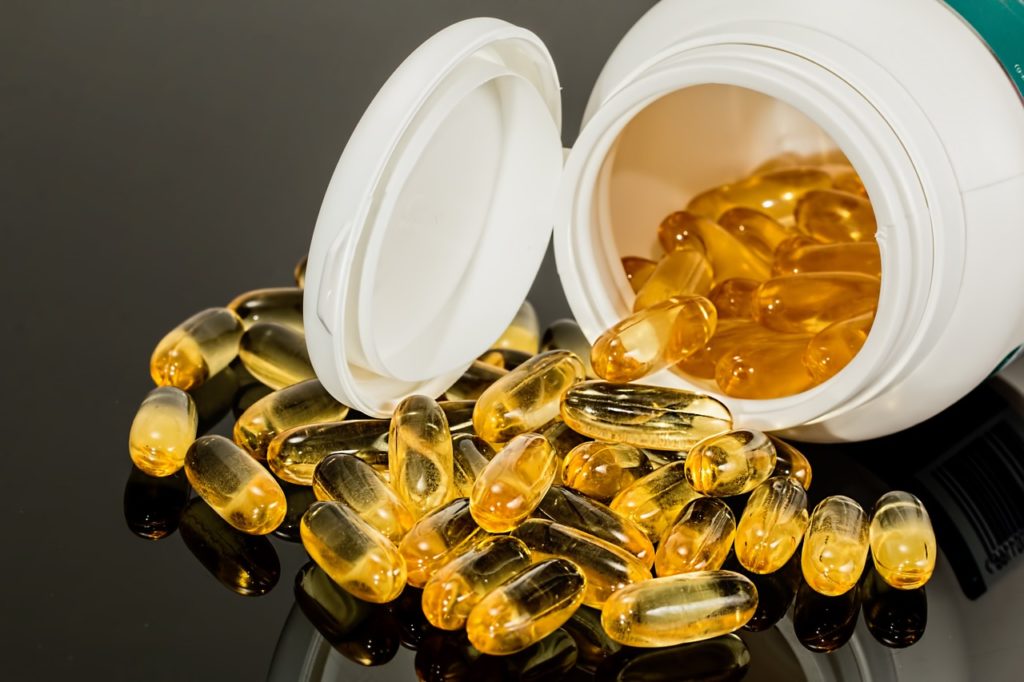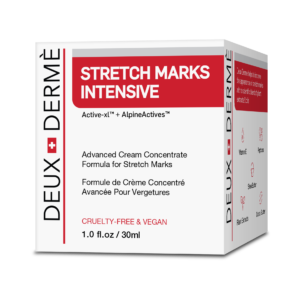There are certain things that are pretty obvious to avoid while pregnant. Smoking, drinking alcohol, and using drugs are at the top of every pregnant woman’s list of things to avoid. However, as an expecting mother, it’s not only ingesting chemicals that you need to worry about. According to the American Congress of Obstetricians and Gynecologists, just being exposed to toxic chemicals in your environment can have “significant and long-lasting effects on reproductive health.”
Since simple exposure to chemicals can have adverse effects on your developing fetus, it’s important to choose your household cleaners wisely, and it’s also important to avoid chemicals in your skincare products. Skin care products that can expose you to potentially unsafe chemicals include shampoo, conditioner, hand soap, face wash, acne treatment, sunscreen, sunless tanners, makeup, and stretch mark lotions. Below are some potentially unsafe chemicals to avoid while pregnant:
Accutane
Commonly used to treat acne, Accutane has been linked to so many cases of birth defects that the FDA has imposed rules around its prescription that require women to have two negative pregnancy tests prior to the drug being prescribed as well as to agree to use two forms of birth control for the duration of time that Accutane will be used.
Dihydroxyacetone (DHA)
DHA is an ingredient commonly found in sunless tanners. Some studies have shown that DHA may be safe when applied as a lotion or cream during pregnancy because it will not penetrate the skin, but it can be dangerous when applied as a spray because of the likelihood of inhaling the chemical during spray application. However, since safer means of tanning are available during pregnancy, DHA is probably best avoided in all forms.
Diethanolamine (DEA)
DEA is a petroleum-derived chemical that is commonly found in shampoo, hand soap, hairspray, and laundry detergent. In studies of the chemical’s effects on pregnant women, it has been shown to inhibit brain development in fetuses and may also cause miscarriage.
Other Chemicals
Many other chemicals have been questioned as to whether use is safe during pregnancy or not. Questionable chemicals include parabens, benzoyl peroxide, and hyaluronic acid. The effects of these chemicals when used by pregnant women is unknown, so it’s best to check with your doctor to find out if your preferred skin care product is safe for use during pregnancy or not.
Stretch Mark Cream
One skin care product you’ll likely want to use frequently during your pregnancy is a stretch mark lotion or cream. Because these products help prevent stretch marks at a time when you’re at high-risk for stretch mark scarring, most women apply them at least once per day during their pregnancy to help prevent stretch marks. Because of the frequency of application, it’s important to avoid potentially unsafe chemicals in your stretch mark cream. Find prevention products that do not use the chemicals listed above.




